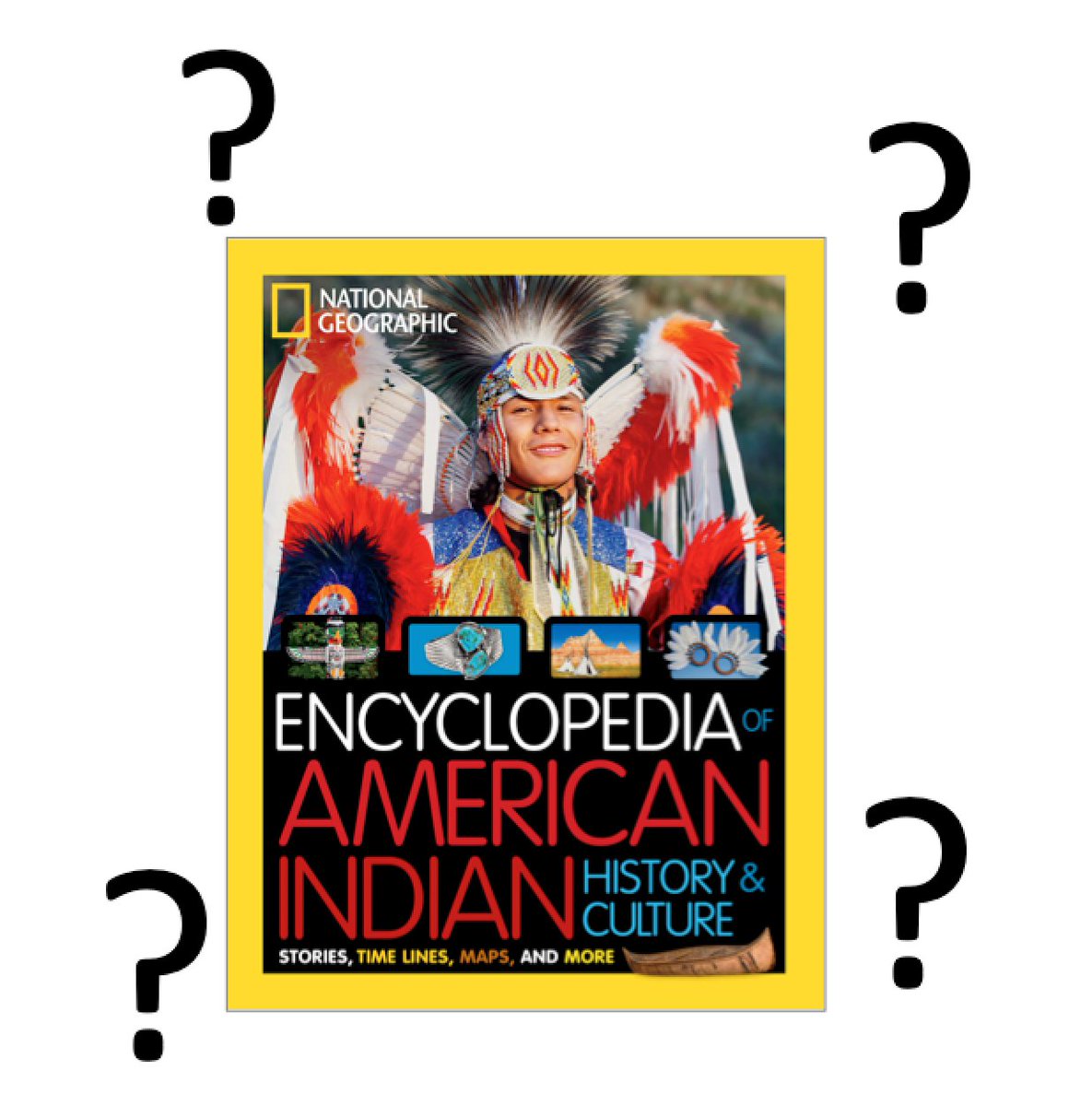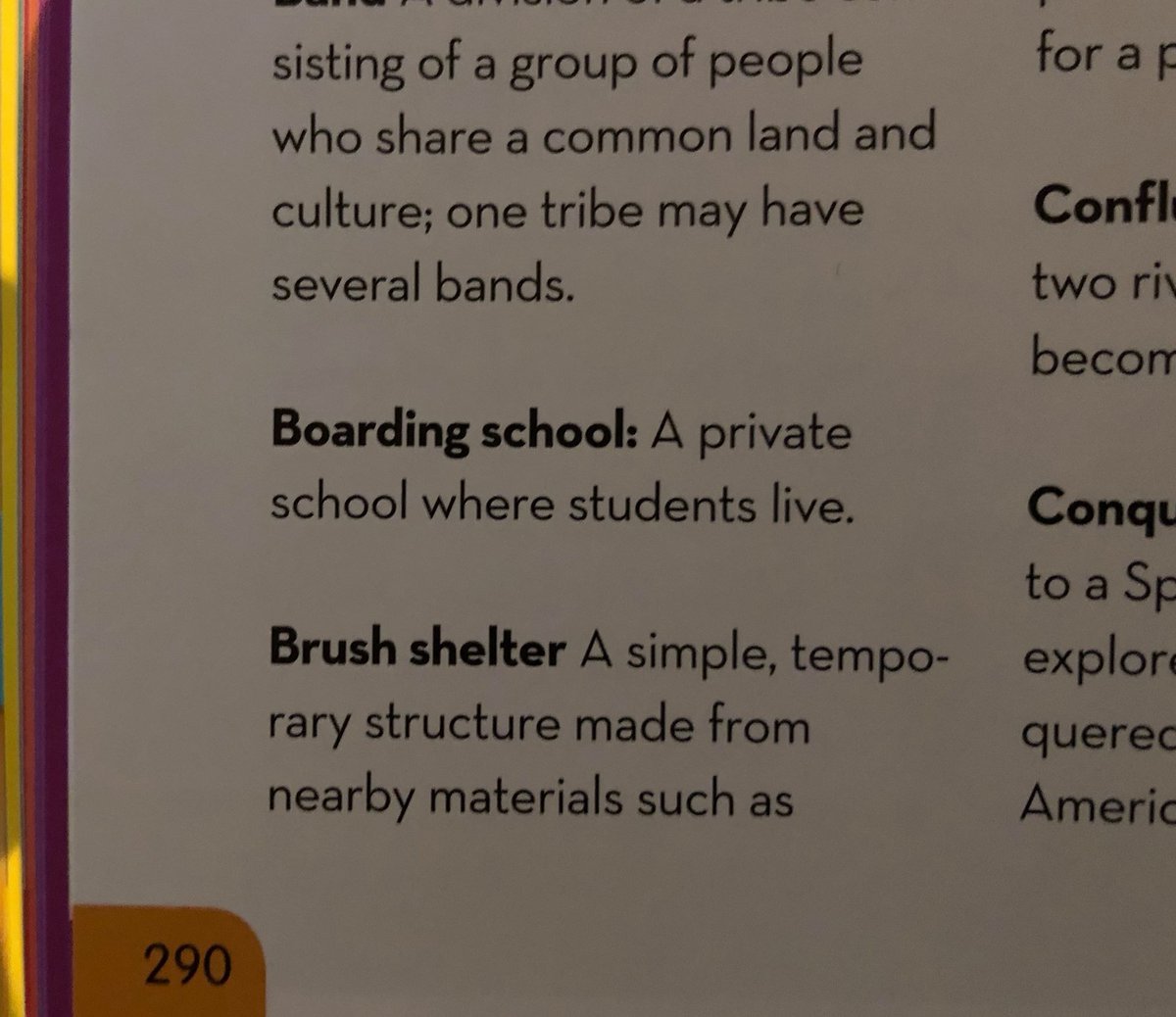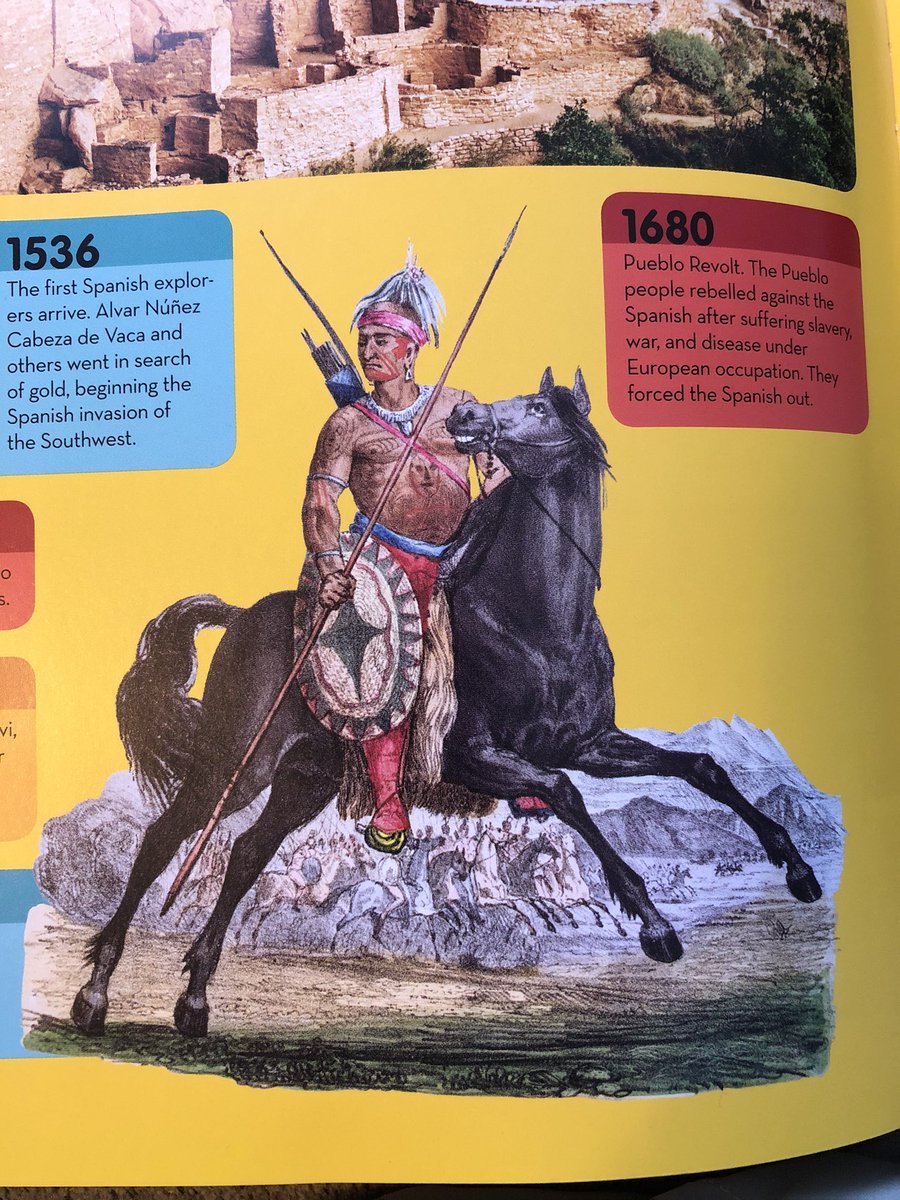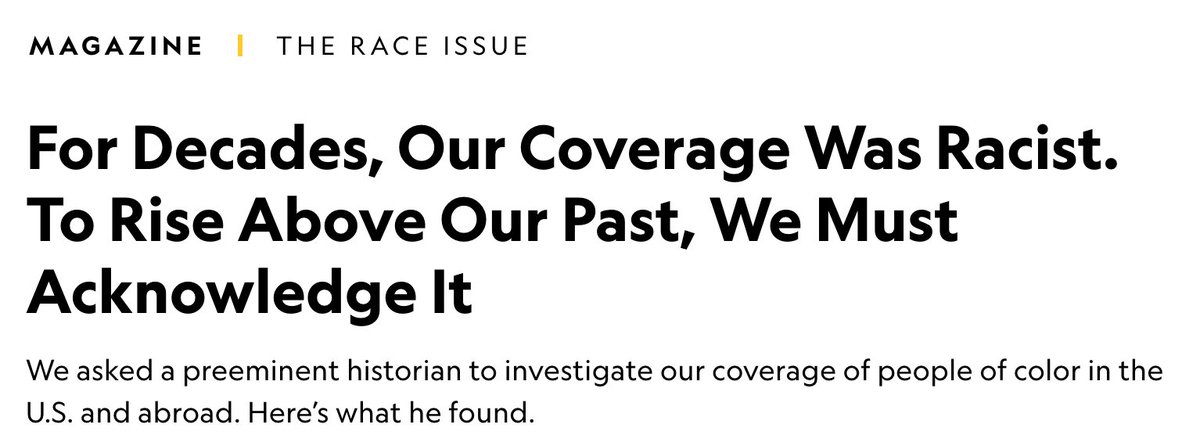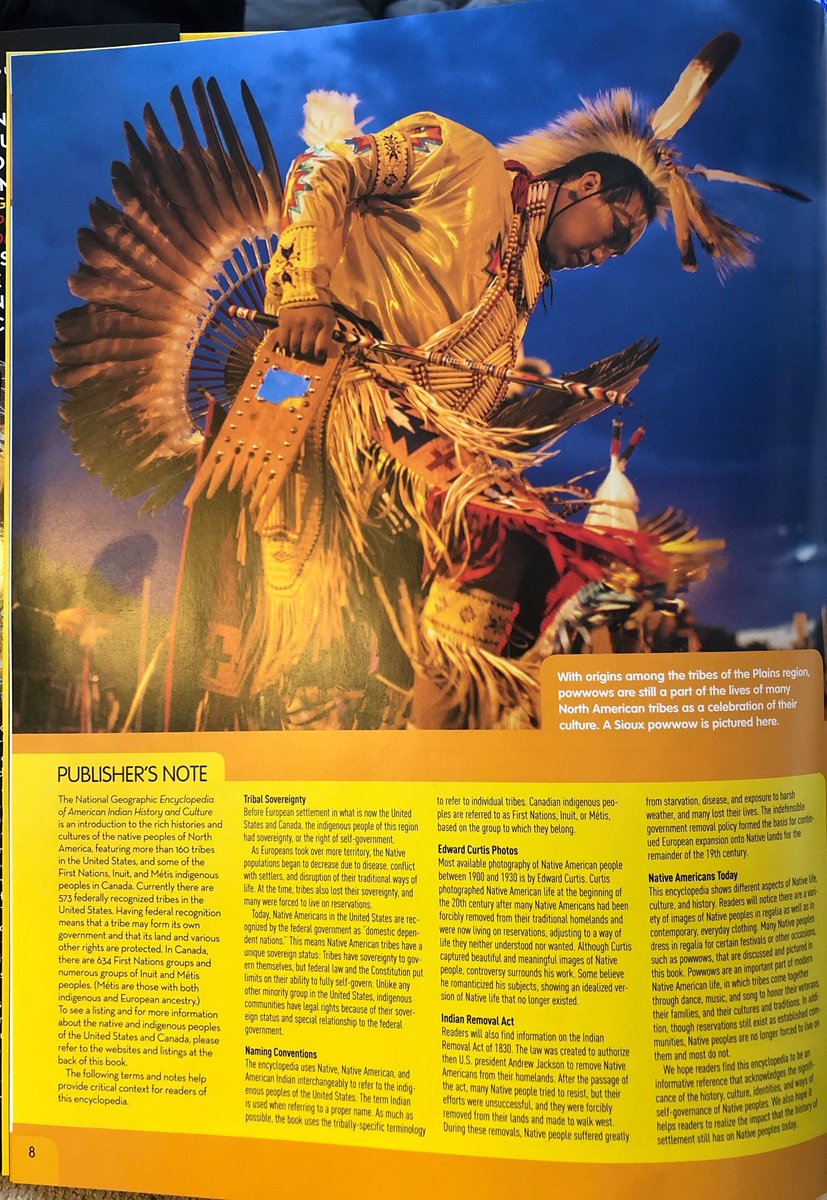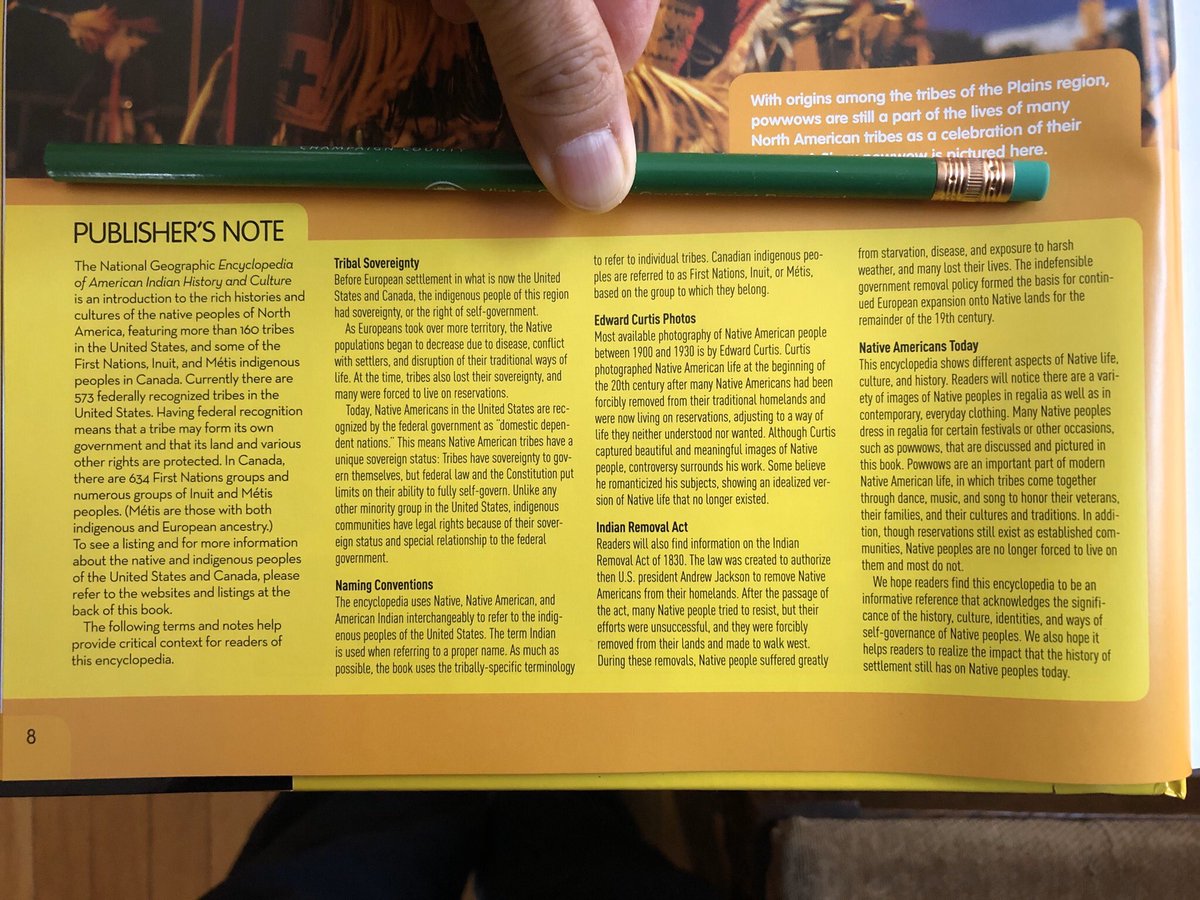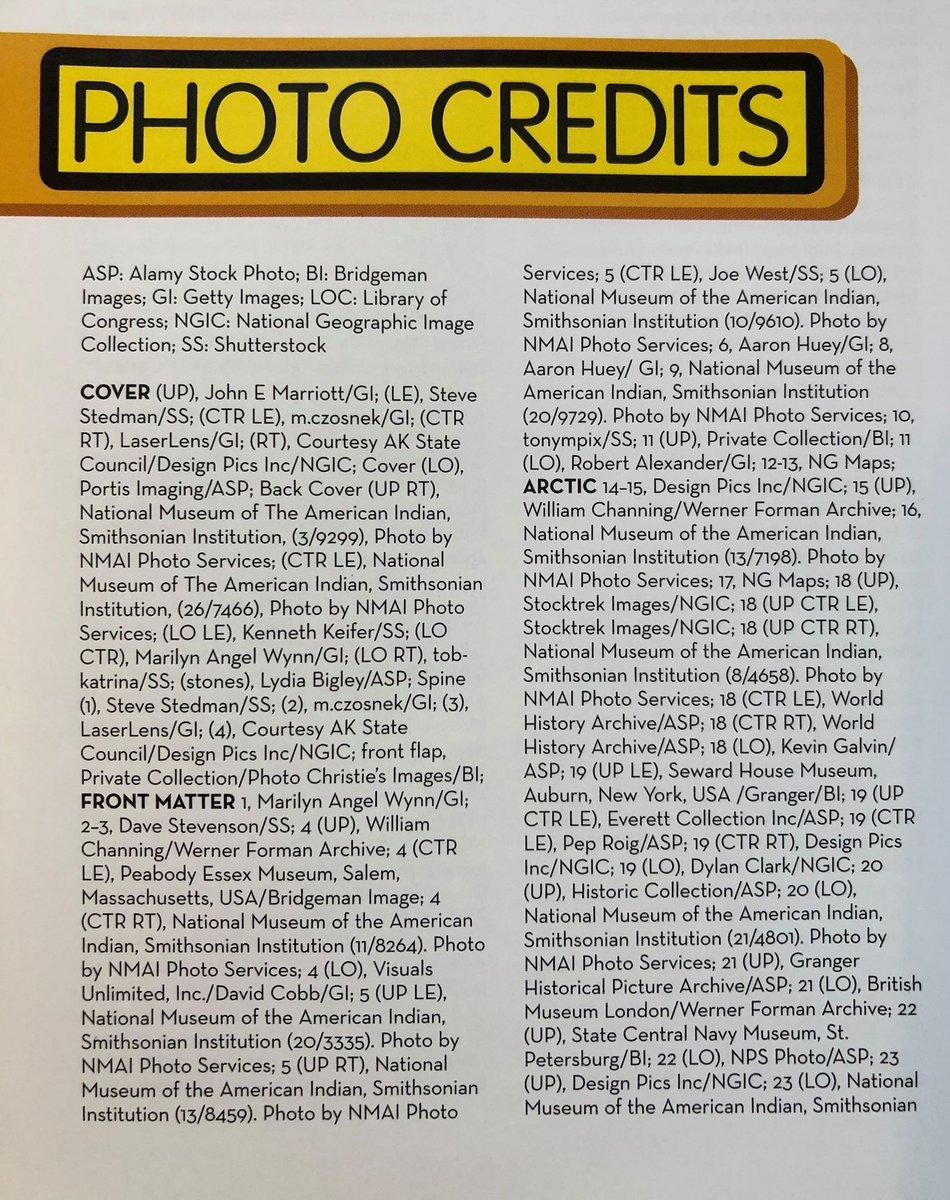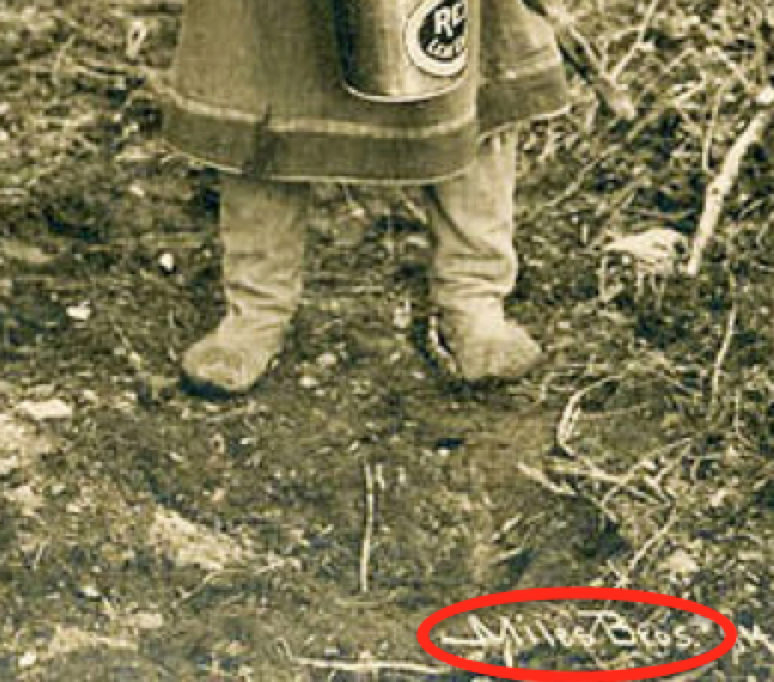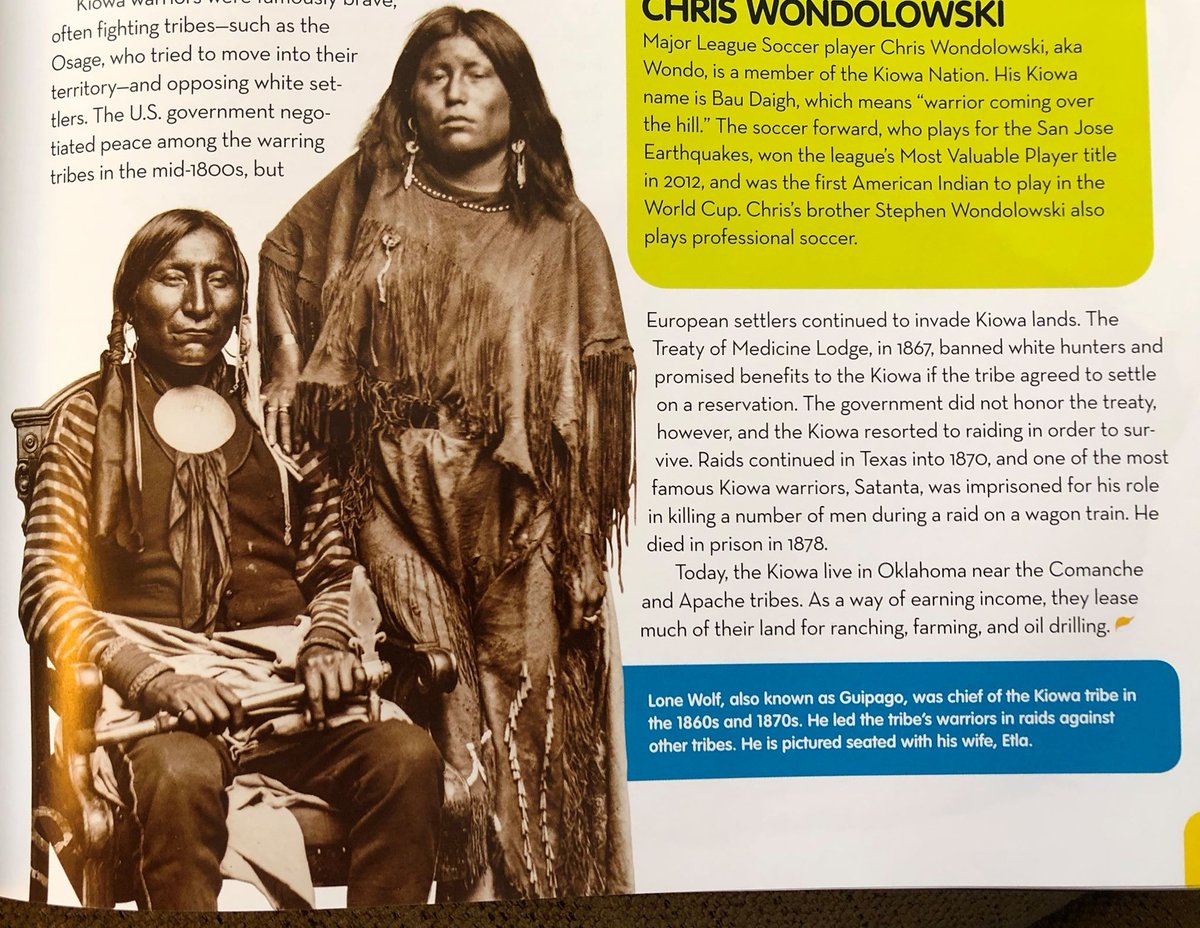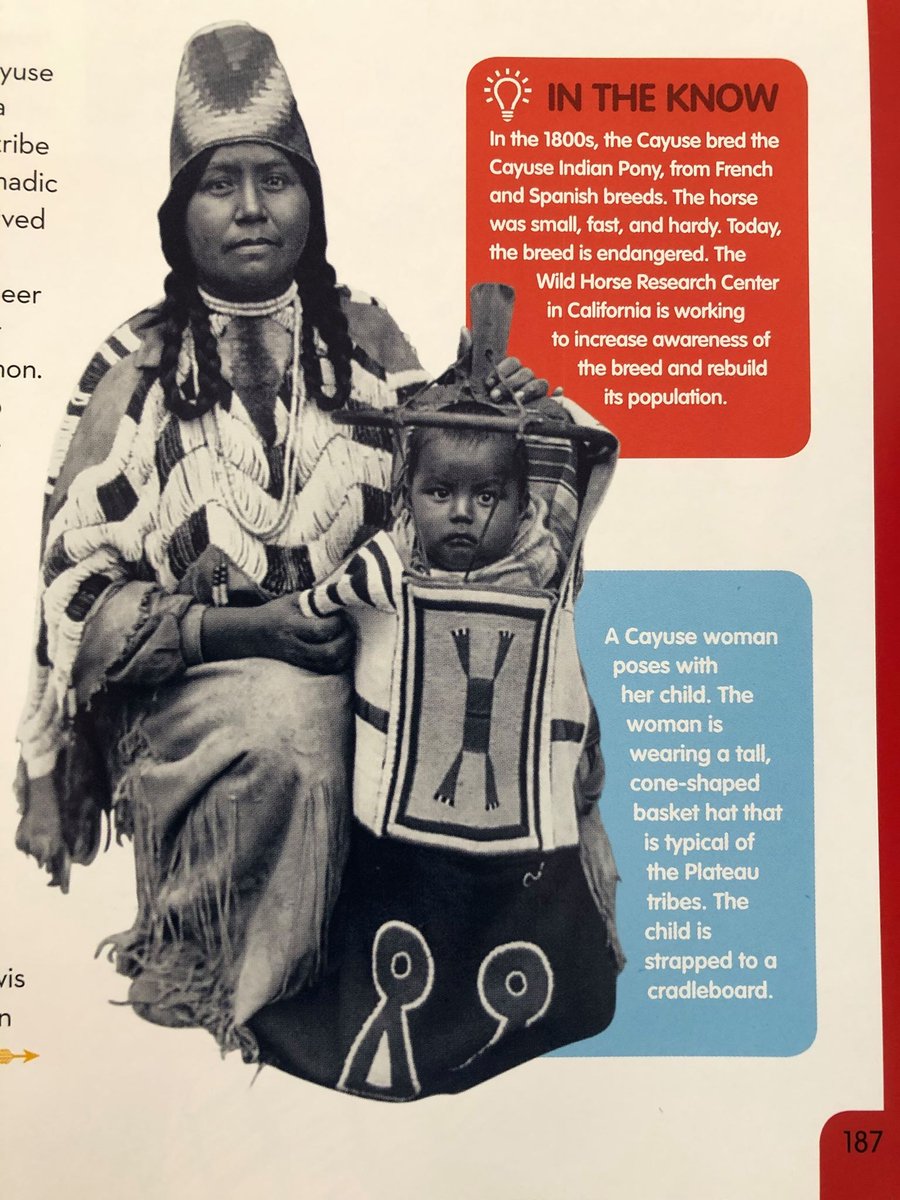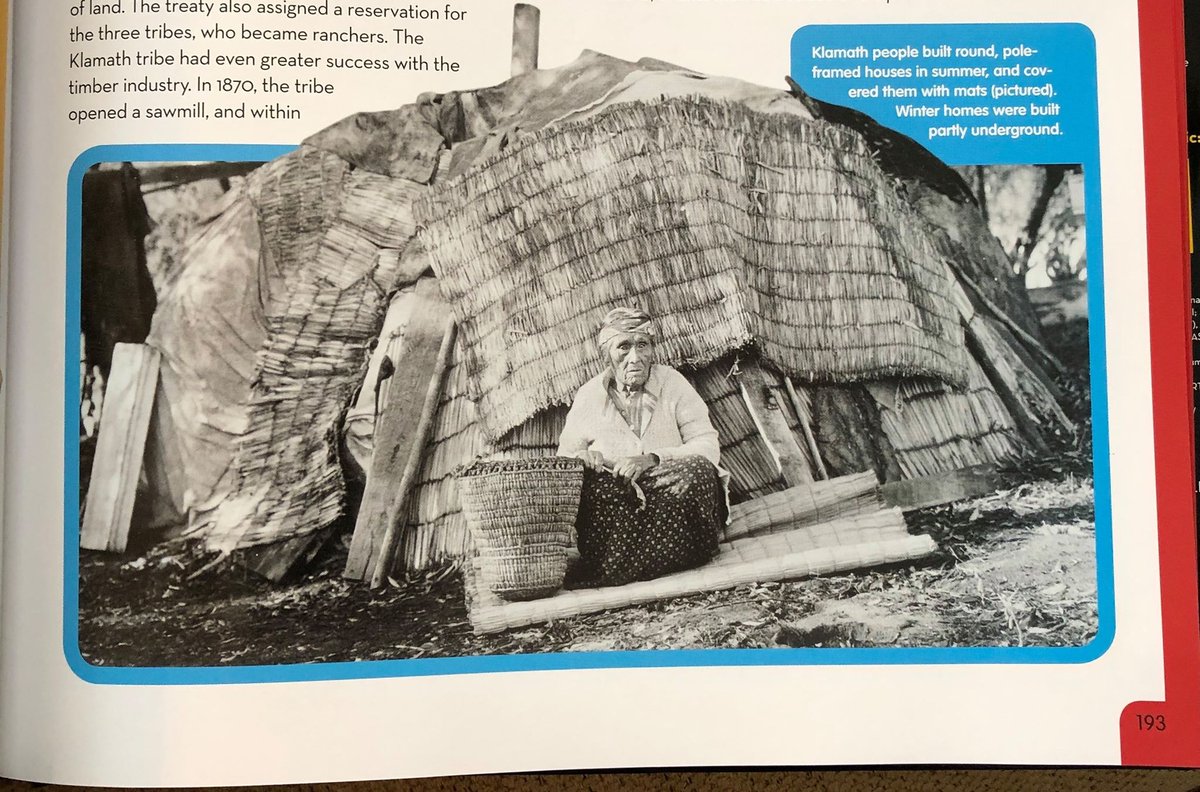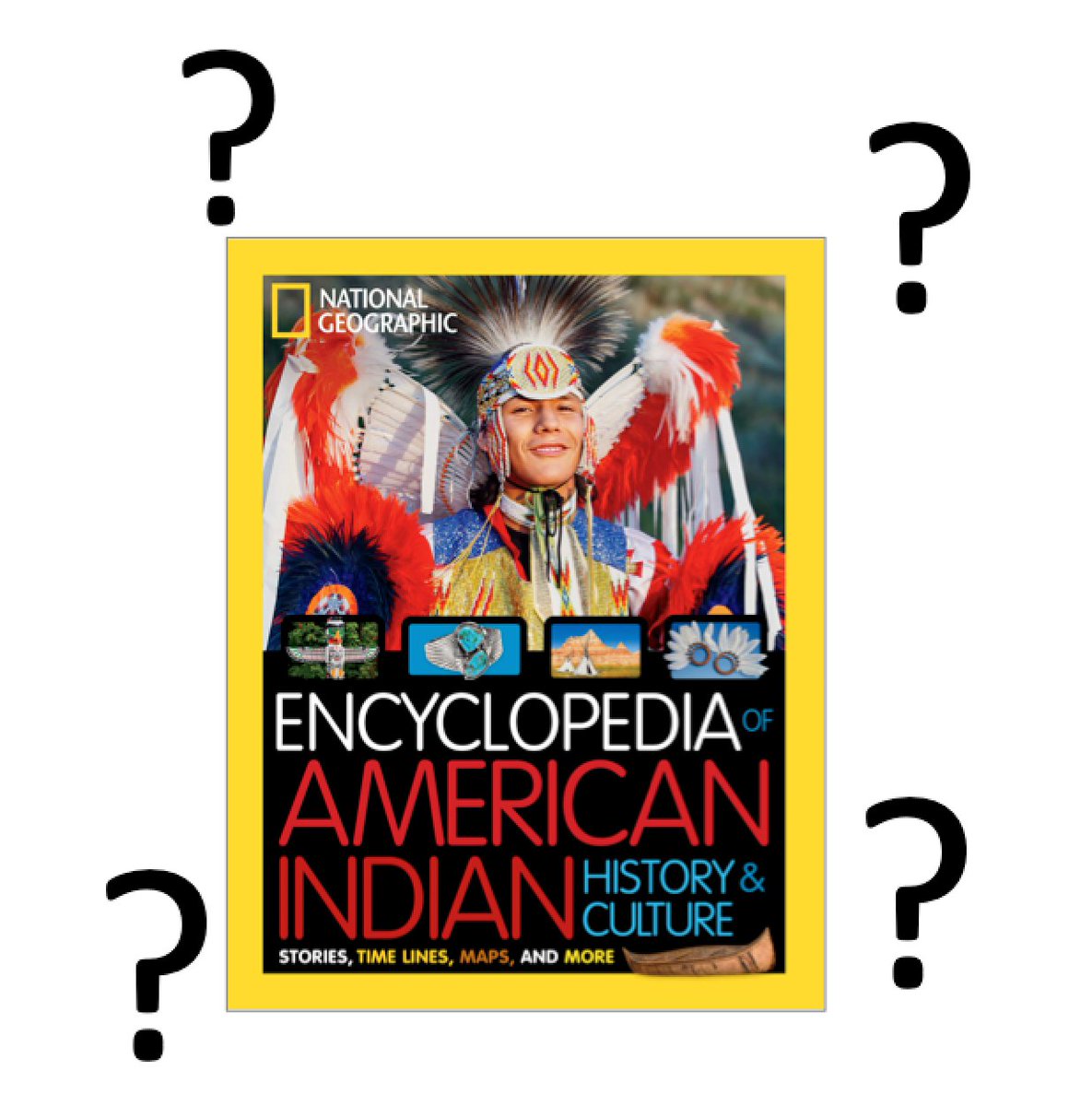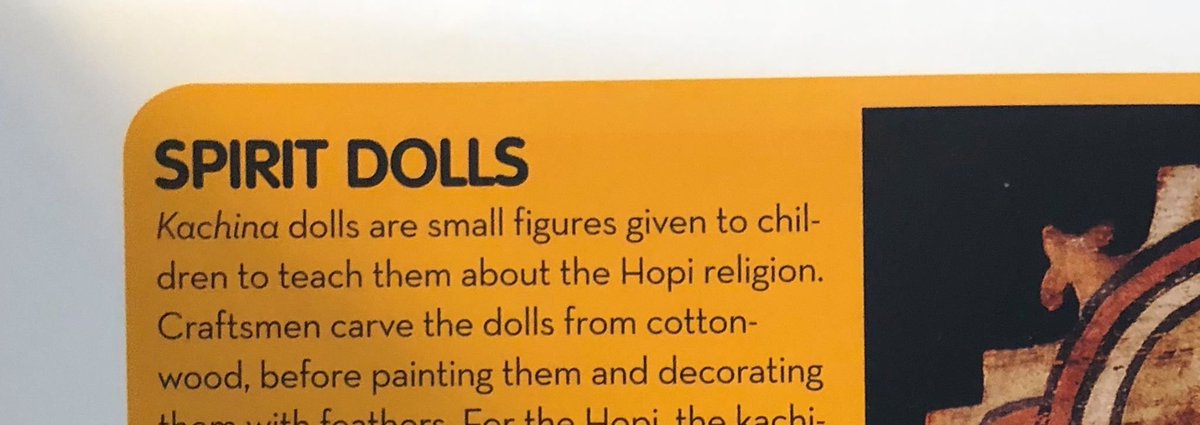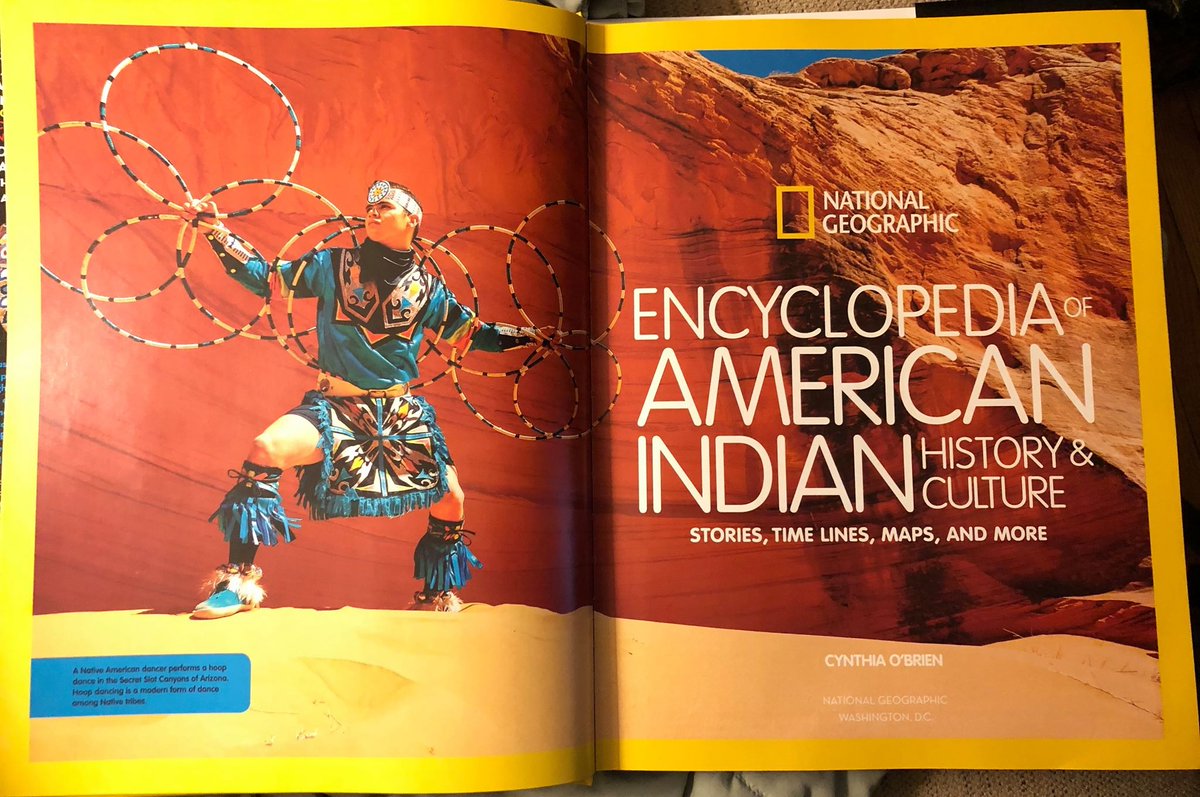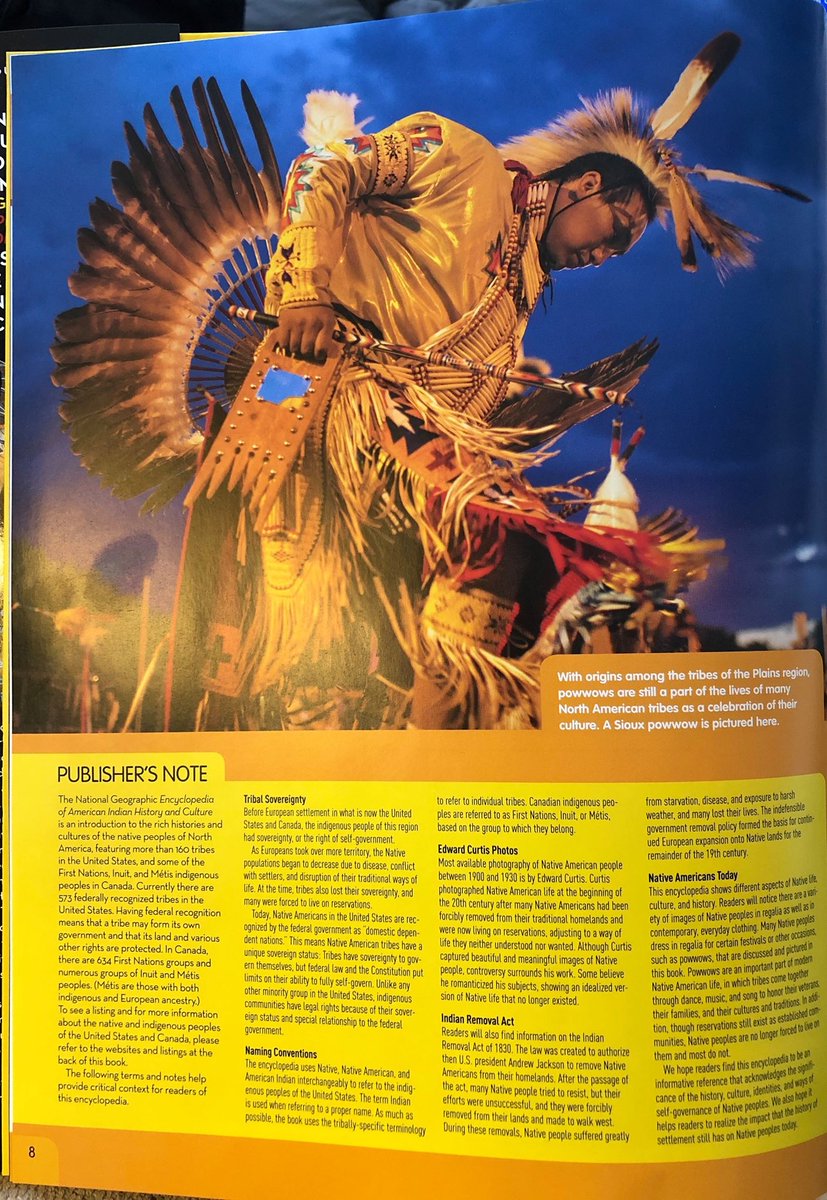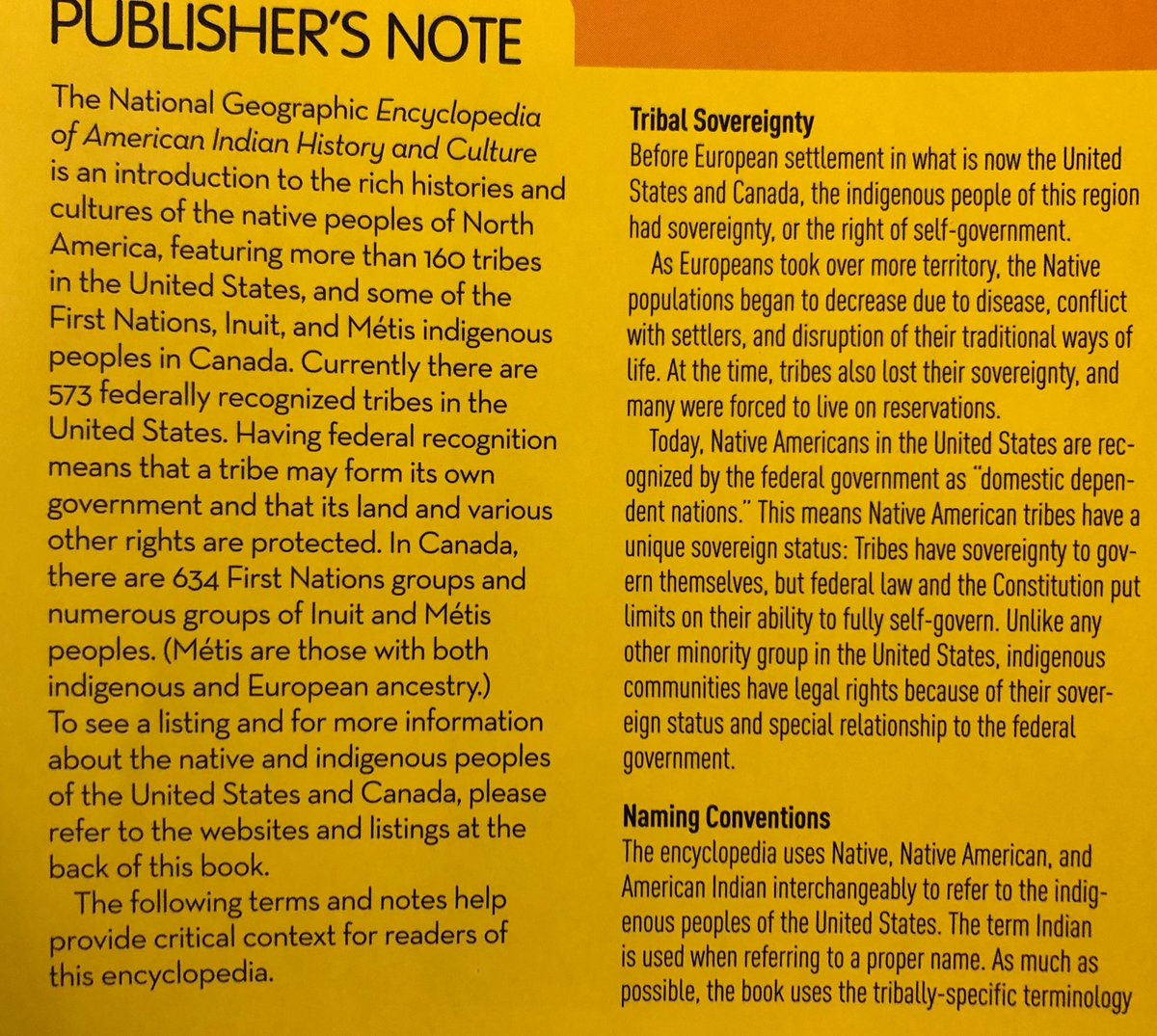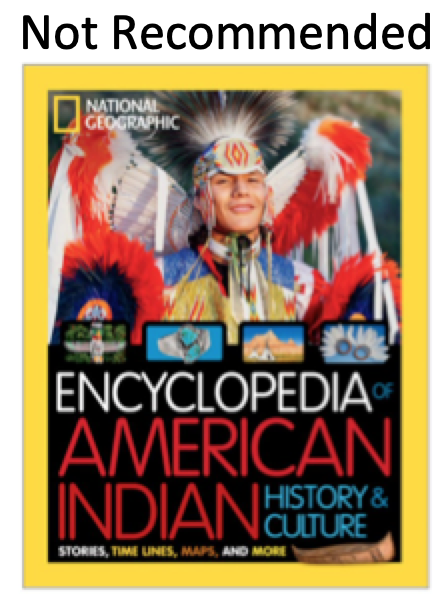"Grace" and "Homecoming"
Written by Dr. Darcie Little Badger
Published in 2019 in Take the Mic
Publisher: Arthur A. Levine Books (Scholastic)
Reviewed by Debbie Reese
Status: Recommended
****
Dr. Darcie Little Badger has two stories in Take the Mic: Fictional Stories of Everyday Resistance. In the final pages of the book you can read a little about her. I follow her on Twitter (@ShiningComic) and it has been terrific reading her tweets as she's made her way to that PhD in Oceanography from Texas A&M.
Edited by Bethany Morrow, Take the Mic: Fictional Stories of Everyday Resistance came out in 2019 from Scholastic. Here's the description:
You might be the kind of person who stands up to online trolls.Or who marches to protest injustice.
Perhaps you are #DisabledAndCute and dancing around your living room, alive and proud.
Or perhaps you are the trans mentor that you wish you had when you were younger.
Maybe you call out false allies, or stand up to loved ones.
Maybe you speak your truth and drop the mic, or maybe you take it with you when you leave.
This anthology features fictional stories--in poems, prose, and art--that reflect a slice of the varied and limitless ways that readers like you resist every day. Take the Mic's powerful collection of stories features work by literary luminaries and emerging talent alike, including Newbery-winner Jason Reynolds, New York Times bestseller Samira Ahmed, anthologist and contributor Bethany C. Morrow, Darcie Little Badger, Keah Brown, Laura Silverman, L.D. Lewis, Sofia Quintero, Ray Stoeve, Yamile Mendez, and Connie Sun, with cover and interior art by Richie Pope.The first and last story in the book are Darcie's. The first one is "Grace" and the last is "Homecoming." In her introduction, Bethany wrote that the resistance in "Grace" is an Indigenous girl who doesn't stand for unwanted physical advances. That does happen in the story and I love how it is done. As an Indigenous person, I see several other acts of resistance in Darcie's stories.
"I'm Lipan Apache" is one. With those three words in the story, Grace is pushing back on the notion that Native peoples are monolithic. Another misguided notion is that Native peoples live on reservations. In fact, some of us do and some of us don't. Some are on our reservations sometime, but not all the time. And some of our nations don't have reservations. Some of us have ancestral land that isn't reservation land, that we return to periodically. That theme in "Grace" is embodied by her account of where she's lived, where she's living when the story takes place, and where she's going to live.
Turning now to "Homecoming," Grace, her mom, and her mama are home, on the ancestral lands of the Lipan Apache people. Summer is over; it is the first day of school. Grace is doing that thing that many teens do: going through her closet trying to decide what to wear. She settles on a T-shirt with Silver Synapse on it. He's an Apache superhero. Grace got the shirt at Indigenous Comic Con. At school, she's one of the few Native students.
Her mom is driving her to school. When they get there, they see that a protest is taking place in front of the high school. People are carrying signs. On one, Grace sees that it says "BRING BACK OUR BRAVE." Painted on it is a cartoonish and stereotypical image.
Inside the school, Grace heads to her first class and meets a girl named Naomi who, noticing Grace's shirt, thinks Grace is part of the protest. When Grace tells her who Silver Synapse is, Naomi asks if Grace is Native--and then--"how much are you?"
Grace's reply to Naomi is another act of resistance:
"Blood quantum isn't our thing," I said. "My mother is Lipan and I am too."Naomi is satisfied with that and doesn't probe further. The two go on to talk about the protesters who want the mascot reinstated. People who don't read Native news, or news stories about mascots, may not know that schools do the right thing and get rid of mascots, but then alums object and mascots get reinstated.
The Jan 11, 2020 issue of The New York Times ran a story about this: Officials Called 'Redmen' a Racist Mascot. Then Voters Weighed In; and see the Timeline in "American Indian Mascots" by Paulette Fairbanks Molin in American Indian Stereotypes in the World of Children edited by Arlene Hirschfelder, Paulette F. Molin, Yvonne Wakim, and Michael A. Dorris.
As "Homecoming" draws to a close, Grace is at a protest. She's scheduled to speak but learns that the event is set up to give "both sides" equal time to respond to an issue. Grace is indignant at that idea--as anybody should be, about issues of social justice. She takes the mic and says:
“Hóóyíí, Shizhách’i’íí ashíí Shitsiłki’ii!” I boomed. “My name is Grace. Like my mama, grandmothers, great-grandmothers, and great-great-grandmothers, I am Lipan Apache. To my Native siblings, mínì’ níáá dààgó̱ó̱t́í!”
I paused to look every Bring-Back-the-Braves protester in the eye.
“My humanity,” I continued, “is not up for debate. Xásteyo.”Those last words are so powerful (Xásteyo means thank you)!
I've read several of Darcie Little Badger's stories and each time, I'm deeply moved by what she writes. I highly recommend "Grace" and "Homecoming."










